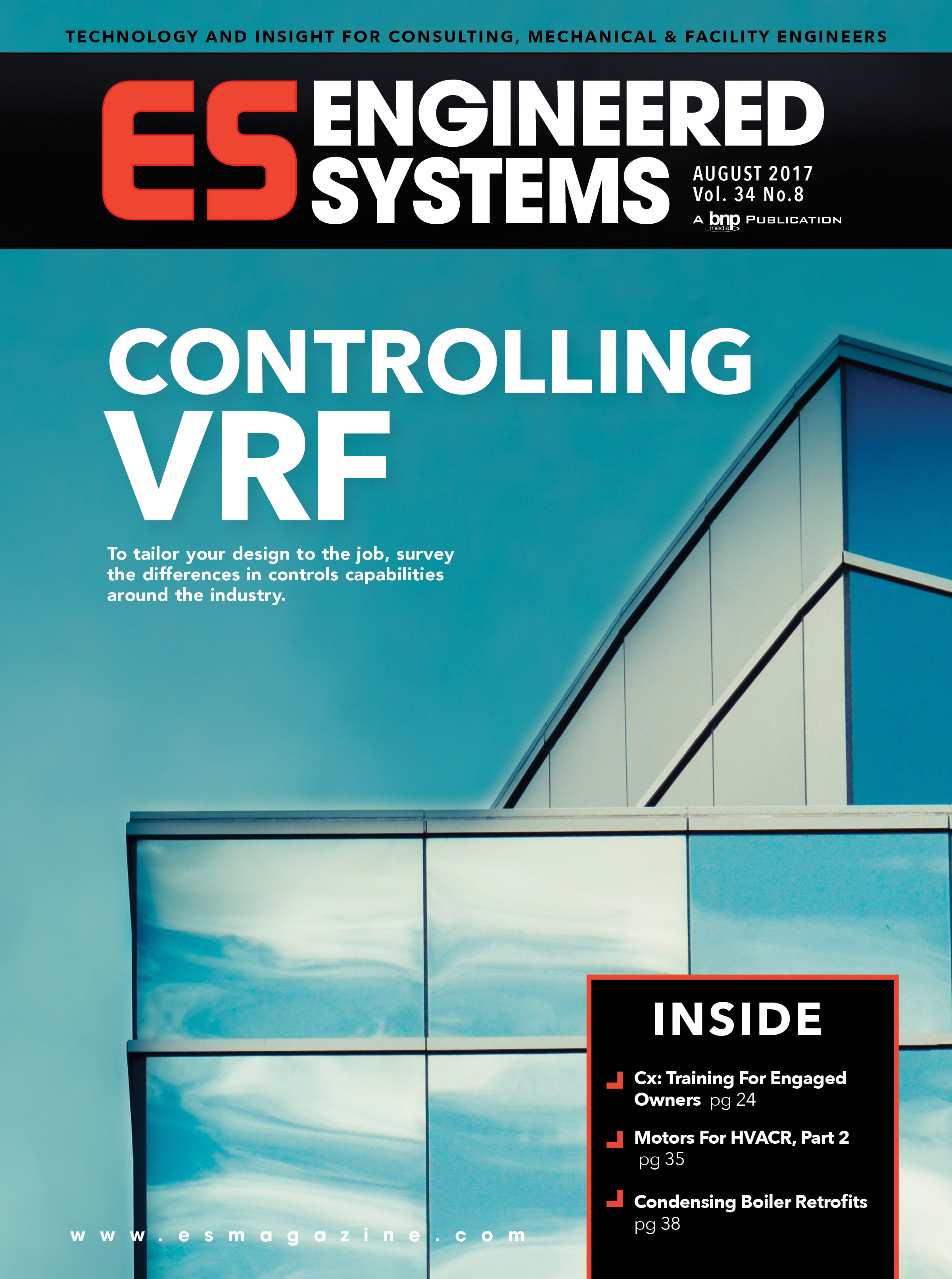O&M personnel have historically been the "outsiders" in the design-construction process, often because the group that builds and renovates facilities is often separate from the group responsible for operating those facilities. Far too often, the O&M staff are in the dark until the day the building systems are turned over to them.
In some cases, this disadvantage is never completely overcome.
Don't Fence Them Out
In the interest of achieving a smooth, trouble-free building turnover, it is imperative that O&M personnel be involved in the process from the first days of planning.A good commissioning plan will include O&M staff on the commissioning team, thus requiring that they participate in design meetings, design reviews, construction-phase site visits, O&M manual review, training sessions, and system verification testing. Thus, there should be no surprises at the end of construction. The operators should know exactly what they need to do to make the new systems "sing."
In addition to the education of the O&M staff during the commissioning process, the O&M staff can provide a lot of information to the design-construction team. This is especially true in a project taking place in, say, an existing campus setting with central utilities, energy management systems, etc.
The O&M staff need to communicate existing protocols, preferred system types, sequences of operation, and system parameters (e.g., available steam pressures, chilled-water supply and return temperatures, and central monitoring, control, and alarm requirements).
If the new systems are designed in a vacuum, without an understanding of the infrastructure (physical and operational) into which they must fit, the systems simply may not work. In addition, the O&M staff may be unwilling to put forth a meaningful effort to learn and operate such "different" systems.
Buy In Now Or Pay OUT Later
The O&M staff need to be consulted early in the design process so that their preferences, experiences, and areas of expertise are understood. This doesn't mean new systems need to be "dumbed down" because O&M isn't interested in new technologies; it does mean the design team needs to include the O&M personnel in decision-making, in order for them to buy into those decisions.If the designers believe something new is required, they need to convince the operators of that fact and should be able to do so in a professional, technically based manner - not by saying, "Well, that's the way it's going to be, whether you like it or not." If the operators don't want to believe in the validity of the systems being designed, they have complete control over whether or not those systems function in the long run.
O&M personnel also need to be involved throughout construction, observing component installation, particularly in areas to be concealed, and attending some, if not all, of the construction coordination meetings.
Also, during construction the O&M staff needs to participate wholeheartedly in the equipment and system training provided by the contractors and commissioning consultant. The commissioning process should include plenty of planning and coordination time to allow for the O&M department to review and approve the training agendas, then to schedule appropriate times for the training to occur.
Allow O&M Staff To Participate In Testing
Finally, and very importantly, the O&M staff should be allowed to participate in the verification testing process. Tests should be scheduled following the equipment and systems training, and thus become an opportunity for "hands-on" learning about the installed systems.Including O&M staff in the commissioning process requires not only a change in approach by the design and construction team, but also by O&M management. Although all of this sounds great on paper, we've found that, when push-comes-to-shove, an organization's O&M management will usually decide that they can't afford to let their people participate.
O&M management must be convinced of the value of the investment of their people's time. Allocating time during design and construction will only reduce the amount of time the new or renovated building systems will require of the O&M staff in the future.



